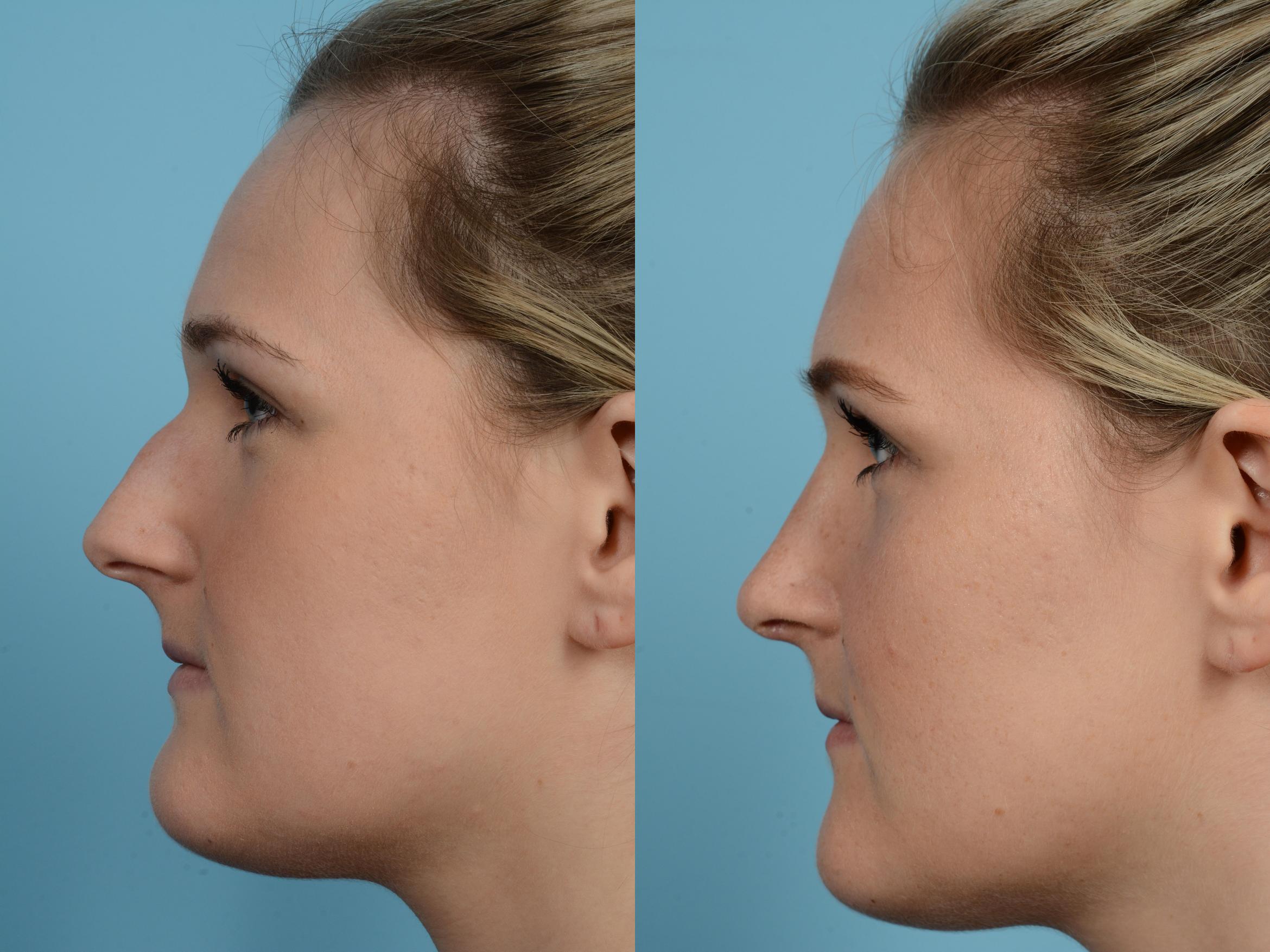Some Ideas on Rhinoplasty Surgery Austin You Need To Know
Table of ContentsWhat Does Rhinoplasty Austin Mean?Rhinoplasty Surgery Austin Things To Know Before You Get ThisSome Ideas on Rhinoplasty Surgery Austin You Should KnowThe Basic Principles Of Rhinoplasty Surgery Austin
Ultrasonic nose surgery utilizes piezoelectric instruments (scrapers wears, saws) that impact only the bones and the stiff cartilages through ultrasonic vibrations, as the instruments used in oral surgery. Making use of piezoelectric instruments needs a more prolonged method than the isial one, permitting to imagine the entire bony vault, to improve it with rhinosculpture or to activate and support bones after controlled osteotomies.Generally, the plastic cosmetic surgeon initially separates the nasal skin and the soft tissues from the osseo-cartilagenous nasal framework, and after that improves them, stitches the cuts, and applies either an external or an internal stent, and tape, to debilitate the freshly reconstructed nose, and so facilitate the healing of the surgical cuts.

To tape-record the "before-and-after" physiognomies of the nose and the face of the patient, the particular visual perspectives needed are pictures of the nose seen from the anteroposterior (front-to-back) perspective; the lateral view (profiles), the worm's- eye view (from below), the bird's- eye view (overhead), and three-quarter-profile views. Picture A. Open nose surgery: At rhinoplasty's end, after the cosmetic surgeon has actually sutured (closed) the incisions, the corrected (brand-new) nose will be dressed, taped, and splinted immobile to permit the continuous recovery of the surgical incisions.
Photo B. Open nose job: The new nose is prepared with paper tape in order to get the metal nasal-splint that will paralyze it to preserve its proper shape as a brand-new nose. Picture A. Open rhinoplasty: Pre-operative, the guidelines (purple) ensured the surgeon's accurate cuts in cutting the nasal flaw correction plan.
The Definitive Guide to Austin Rhinoplasty

Open rhinoplasty: After the initial taping of the nose, a personalized, metal nasal-splint, developed, cut, and formed by the surgeon, is emplaced to immobilize and protect the tender tissues of the brand-new nose during convalescence. Picture D. Open nose surgery: The taping, emplacement of the metal splint, and dressing of the new nose finish the rhinoplasty treatment - austin rhinoplasty.
Photo 2. Open rhinoplasty: The right lower lateral top article cartilage (blue) is exposed for correction. Photo 1. Open rhinoplasty: The columellar incision delineated as a red-dot standard, will help the surgeon in the exact suturing of the nose. Photograph 4. Rhinoplastic correction: A nasal-hump excision plan; the black line delineates the dorsal airplane of the brand-new nose.
Open nose surgery: the nasal tip is sutured to narrow the nose. Photo 1. Open nose job: The cuts are endonasal (in the nose), and thus are concealed. The skin-incision to the columella help the cosmetic surgeon in specifically suturing to hide the scarother than for the columellar cut (red-dot standard) across the nasal base.
Photo 2. Open nose job: The nasal interior. The scissors indicate the lower lateral cartilage (blue), which is among the wing-shaped cartilages that adhere the pointer of the nose. The jagged red delineation indicates the area of the columellar incision. When the skin has actually been raised from the bone-and-cartilage structure, the surgeon carries out the nasal correction jobs.
Some Known Incorrect Statements About Rhinoplasty Surgery Austin
Open nose surgery: To narrow the pointer of a too-wide nose, the surgeon first figures out the reason for the excess nasal width. The stitch being emplaced will narrow the suggestion of the nose. The red delineation suggests the edge home of the nose-tip cartilage, which is narrowed when the surgeon tightens the folded cartilage pinnacle.
Picture 4. Nasal hump excision: The black delineation suggests the desired nose-reduction result: a straight nose. The nasal bulge is bone (red) above the scalloped grey line, and cartilage (blue) listed below the scalloped grey line. The cosmetic surgeon cuts the cartilage portion of the bulge with a scalpel, and chisels the bone portion with an osteotome (bone sculpt).

Although many modification nose surgery treatments are "open approach", such a correction is more technically complicated, usually due to the fact that the nasal support structures either were deformed or destroyed in the main rhinoplasty; thus the surgeon must re-create the nasal assistance with cartilage grafts harvested either from the ear (auricular cartilage graft) or from the rib cage (costal cartilage graft).
In reconstructive nose job, the problems that site and defects that the plastic cosmetic surgeon encounters, and must restore to regular function, form, and look consist of broken and displaced nasal bones; interrupted and displaced nasal cartilages; a collapsed bridge of the nose; congenital problem, injury (blunt, penetrating, blast), autoimmune condition, cancer, intranasal drug-abuse damages, and failed main rhinoplasty results.
The Main Principles Of Austin Rhinoplasty
When cartilage is interfered with, suturing for re-suspension (structural support), or the use of cartilage grafts to camouflage an anxiety allow the re-establishment of the normal nasal shape of the nose for the client. When the bridge of the nose is collapsed, rib-cartilage, ear-cartilage, or cranial-bone grafts can be utilized to restore its anatomic integrity, and hence the visual continuity of the nose.